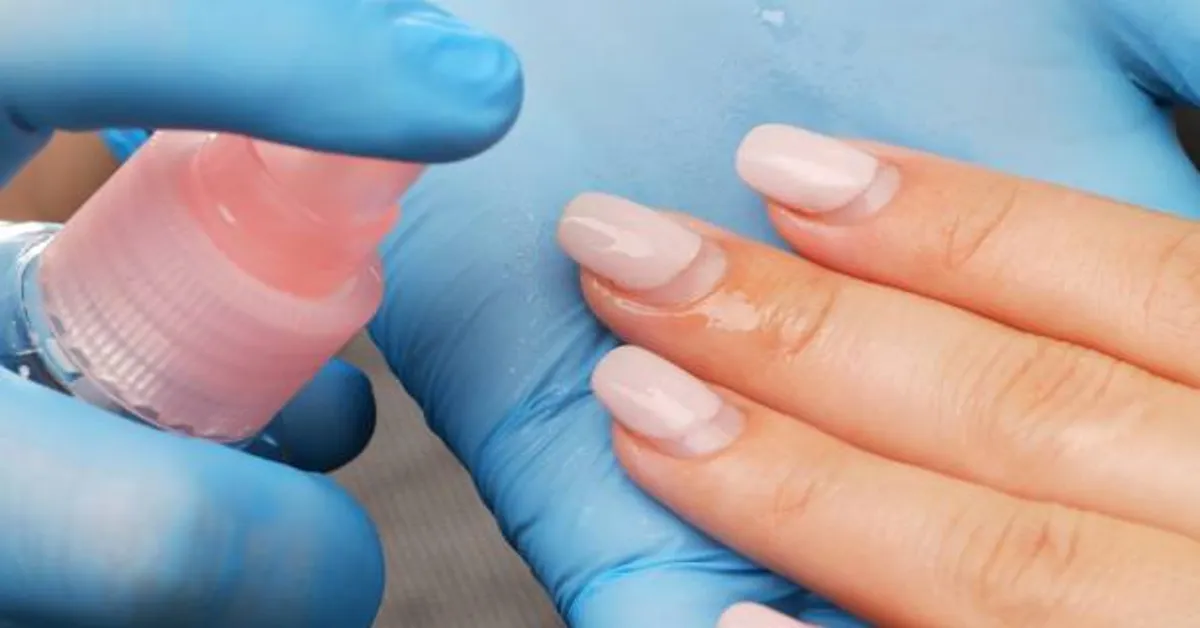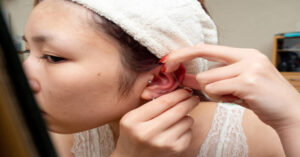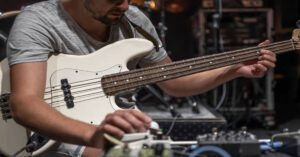Gel hard gel has become one of the most preferred products in the nail industry due to its strength, durability, and ability to create long-lasting, natural-looking enhancements. Unlike regular nail polishes or soft gels, hard gel is specifically designed for building structure, adding length, and providing a resilient protective layer to the natural nails. Whether you are a professional nail technician or someone who enjoys home manicures, understanding the details of gel hard gel, its benefits, its comparison with other systems, and the correct way to use and maintain it is crucial. This article will walk you through everything you need to know about gel hard gel in depth.
What is Gel Hard Gel?
Gel Hard gel is a type of artificial nail enhancement product made from an oligomer-based gel that cures under a UV or LED lamp. Once cured, it forms a tough, rigid surface that can be filed and shaped into a variety of styles. It is called “hard” gel because once cured, it cannot be soaked off using acetone like soft gels; instead, it needs to be filed down carefully.
This product is specifically designed for creating nail extensions, overlays, and repairs. It is stronger than soft gel but more flexible than traditional acrylic systems, making it a versatile choice for clients who want durability without too much heaviness on their nails.
Key Characteristics of Hard Gel
| Feature | Hard Gel | Soft Gel | Acrylic |
|---|---|---|---|
| Durability | High strength, resists chipping and breaking | Flexible, less durable | Extremely strong but rigid |
| Removal | Requires filing, cannot be soaked off | Can be soaked off with acetone | Requires filing |
| Finish | Glossy and natural-looking | Thin, natural finish | Can appear thicker |
| Odor | Odorless | Odorless | Strong chemical odor |
| Application | Requires UV/LED curing | Requires UV/LED curing | Air dries after monomer-polymer reaction |
| Best Use | Extensions, overlays, structural support | Color, overlays, nail art | Extensions, overlays |
Why Choose Hard Gel?
The popularity of gel hard gel is rooted in its unique combination of strength and aesthetics. Here are some reasons why many clients and nail professionals prefer it:
- Durability: Hard gel nails are less prone to lifting, cracking, or breaking compared to soft gels or regular polish.
- Natural Appearance: Despite being tough, gel hard gel creates a lightweight, glossy finish that looks closer to natural nails.
- Versatility: It can be used for overlays, sculpting extensions, or repairing broken nails.
- Low Odor: Unlike acrylics that release strong fumes, gel hard gels are more comfortable to work with in a salon or at home.
- Customization: Available in clear, pink, or natural shades, hard gel allows for custom nail shapes, lengths, and artistic designs.
How Hard Gel Differs from Other Nail Enhancements
Hard gel sits between acrylic and soft gel systems. Acrylic is the strongest and most rigid system, suitable for very long extensions but often criticized for its thickness and smell. Soft gel is more flexible and easy to remove but lacks the structural durability of hard gel.
Hard gel offers the perfect middle ground—strength for extensions and overlays, yet still light enough for everyday wear without looking artificial.
Application Process of Hard Gel
The process of applying hard gel requires skill and patience. Here is a step-by-step breakdown:
1. Preparation
- Clean the nails thoroughly to remove oils, dirt, and old product.
- Push back cuticles and trim dead skin.
- Buff the nail surface lightly to remove shine.
- Apply a dehydrator and primer if required.
2. Base Layer
- Apply a thin coat of gel base to promote adhesion.
- Cure under UV or LED lamp.
3. Building the Structure
- Using a builder gel or hard gel, apply in layers to create thickness and strength.
- Shape the nail according to the desired look (oval, coffin, almond, stiletto, etc.).
- Cure each layer under the lamp to harden.
4. Finishing
- File and refine the nail shape.
- Apply a top coat for shine and protection.
- Cure again under the lamp.
Aftercare and Maintenance
Taking care of hard gel nails ensures their longevity. Here are essential tips:
- Moisturize Cuticles: Keep cuticles hydrated with cuticle oil to prevent dryness.
- Avoid Harsh Chemicals: Use gloves while cleaning or washing dishes.
- Do Not Pick or Peel: Removing gel forcefully can damage the natural nail plate.
- Regular Fills: Since natural nails grow, hard gel needs infills every 2–3 weeks.
- Proper Filing: Always go to a professional for removal or reshaping.
Pros and Cons of Hard Gel
| Pros | Cons |
|---|---|
| Stronger and more durable than soft gels | Requires professional removal |
| Lightweight and natural-looking | Less flexible than soft gel |
| Odorless application | Can be costly compared to acrylic |
| Allows sculpting and extensions | Needs UV/LED lamp |
| Resistant to cracks and chips | Learning curve for beginners |
Common Myths about Hard Gel
- Myth 1: Hard Gel Ruins Natural Nails – In truth, improper removal is the main reason for nail damage, not the gel itself.
- Myth 2: Hard Gel is the Same as Acrylic – They differ in chemistry, application, and feel.
- Myth 3: Hard Gel Cannot Look Natural – Skilled technicians can create very natural, elegant looks.
- Myth 4: It is Only for Extensions – Hard gel can also be applied as a protective overlay without adding length.
Hard Gel Nail Shapes and Styles
Hard gel is highly versatile when it comes to shaping and designing nails. Some popular styles include:
- Coffin/Ballerina: Strong edges and tapered tips.
- Almond: Softly rounded, feminine shape.
- Stiletto: Sharp, dramatic point for bold looks.
- Square: Classic, durable shape.
- Oval: Natural and elegant curve.
Comparing Hard Gel to Other Nail Systems
| Aspect | Hard Gel | Acrylic | Dip Powder | Soft Gel |
|---|---|---|---|---|
| Strength | High | Very High | Medium | Medium |
| Weight | Light | Heavy | Medium | Very Light |
| Flexibility | Moderate | Low | Moderate | High |
| Removal | Filing | Filing | Soak-off | Soak-off |
| Best For | Extensions & overlays | Long extensions | Quick application | Natural overlays |
Hard Gel in Professional Salons
Salons often recommend hard gel for clients who want:
- Strong extensions without acrylic odor.
- A longer-lasting manicure compared to soft gel polish.
- A base for creative nail art like encapsulations, 3D designs, or glitter effects.
Professional technicians prefer it because it allows sculpting and custom shaping without relying on plastic tips, offering a more tailored service to clients.
DIY Hard Gel at Home
Though professional application is recommended, many people attempt hard gel manicures at home. For beginners, it is important to:
- Invest in a quality UV/LED lamp.
- Purchase builder gel kits with primers and top coats.
- Practice applying thin, even layers.
- Follow safety steps to avoid heat spikes while curing.
Patience and practice are essential, as hard gel requires precision.
Hard Gel for Nail Repairs
One underrated benefit of hard gel is nail repair. If a natural nail breaks or splits, hard gel can be applied to reinforce the area, preventing further damage and allowing the nail to grow out naturally. This makes it a healthier alternative to acrylics in certain cases, as it avoids overloading the natural nail plate.
Tips for Long-Lasting Hard Gel Nails
- Always start with a clean, oil-free nail surface.
- Cap the free edge while applying gel to prevent lifting.
- Avoid applying thick layers; build structure gradually.
- Use a high-quality top coat to seal and protect.
- Refill every 2–3 weeks rather than waiting for breakage.
Hard Gel vs Builder Gel: Are They the Same?
Hard gel and builder gel are often used interchangeably, but technically:
- Hard Gel: Refers broadly to strong gels that require filing for removal.
- Builder Gel: A specific type of hard gel formulated for building nail extensions and adding structure.
Thus, builder gel is a subset of hard gel.
Safety Considerations
- Always use gels designed for cosmetic use—avoid low-quality or counterfeit products.
- Do not over-file natural nails during preparation or removal.
- Ensure proper curing with the right lamp to prevent under-cured product, which can cause lifting or allergies.
- If irritation or redness occurs, discontinue use and consult a dermatologist.
Final Thoughts
Gel hard gel offers a perfect balance of strength, beauty, and versatility for nail enhancements. It is stronger than soft gels, lighter than acrylics, and more durable than regular polish, making it a favorite among both professionals and clients. With proper application and care, hard gel nails can remain flawless and elegant for weeks, supporting both everyday wear and special designs.
ALSO READ: C Cup Breast Size: Complete Guide to Measurements, Fit, and Care
FAQs
Q1. Can hard gel be removed with acetone?
No, hard gel cannot be soaked off with acetone like soft gels. It requires filing for safe removal.
Q2. How long do hard gel nails last?
With proper application and aftercare, hard gel nails can last 3–4 weeks before requiring infills.
Q3. Is hard gel better than acrylic?
It depends on preference. Hard gel is lighter and odorless, while acrylic is stronger but heavier and odorous.
Q4. Can I use hard gel on short nails?
Yes, hard gel can be used as an overlay to strengthen short natural nails or to build extensions.
Q5. Does hard gel damage natural nails?
No, when applied and removed correctly, hard gel does not damage natural nails. Damage occurs mainly from improper removal.









